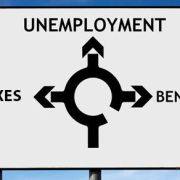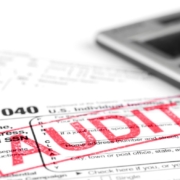The benefits of Qualified Opportunity Funds are Waning
- Learn about Qualified Opportunity Funds.
- Find information about Qualified Opportunity Zones.
- Learn about deferred gains.
- Discover the incentives of 5- and 7-year holding periods.
- Learn the benefits of the 10-year holding period.
Qualified Opportunity Funds (QOFs) are investment vehicles organized as a corporation or a partnership for the purpose of investing in qualified opportunity zone property acquired after December 31, 2017. The QOF must hold at least 90% of its assets in qualified opportunity zone (QOZ) property. However, a taxpayer may not invest directly in QOZ property.
Qualified Opportunity Zones (QOZ) are population census tracts generally in low-income communities. They became designated as QOZs after being nominated by the governor of the state or territory in which the community is located and approved by the Treasury Secretary, who then certified the community as a QOZ. The purpose of a QOZ is to spur economic growth and job creation in low-income communities. They also provide tax benefits to investors.
Starting back in 2018, a taxpayer who had a capital gain on the sale or exchange of any property to an unrelated party could elect to defer, and potentially partially exclude, the gain from gross income if they reinvested the gain in a Qualified Opportunity Fund (QOF) within 180 days of the sale or exchange. Unlike Sec 1031 deferrals (tax deferred exchanges), they only needed to reinvest the amount of the gain, not the amount of the proceeds of the sale, to defer the gain.
Qualified Opportunity Funds: Pros and Cons
As an incentive to invest in Qualified Opportunity Funds, the basis of the QOF investment increased by 10% of the deferred gain if the taxpayer retained the QOF investment for 5 years. This increased to 15% if the QOF was retained for 7 years. In other words, if the investor held the investment for at least 5 years, they could exclude 10% of the original gain. If held for 7 years, they could exclude 15% of the original gain.
However, any gain deferred into a QOF becomes taxable the earlier of when the QOF investment is sold or December 31, 2026. Thus, if an individual invests in a QOF in 2023, they have 4 years before the deferred gain becomes taxable. This means an investor just now investing in a QOF doesn’t have enough time to hold the investment for the required 5 or 7 years to benefit from the 10% or 15% step-up in basis when the deferral has to be reported on the 2026 return. However, the gain deferral is still available. It is not taxable until the 2026 return is filed.
As illustrated, to meet the 7-year holding requirement, the QOF must have been purchased before 1/1/2020 and prior to 1/1/2022 to meet the 5-year holding period.

Holding QOFs for 10+ years
One benefit remains. If the investor holds the QOF for 10+ years before selling, the taxpayer can elect to increase the basis to the FMV amount. The effect of this adjustment is that none of the appreciation since the QOF was purchased is taxable when sold. This provision applies only to the investment in the QOF made with deferred capital gains.
Have questions about QOFs? Call Fiducial at 1-866-FIDUCIAL or make an appointment at one of our office locations to discuss your situation.
Ready to book an appointment now? Click here. Know someone who might need our services? We love referrals!









